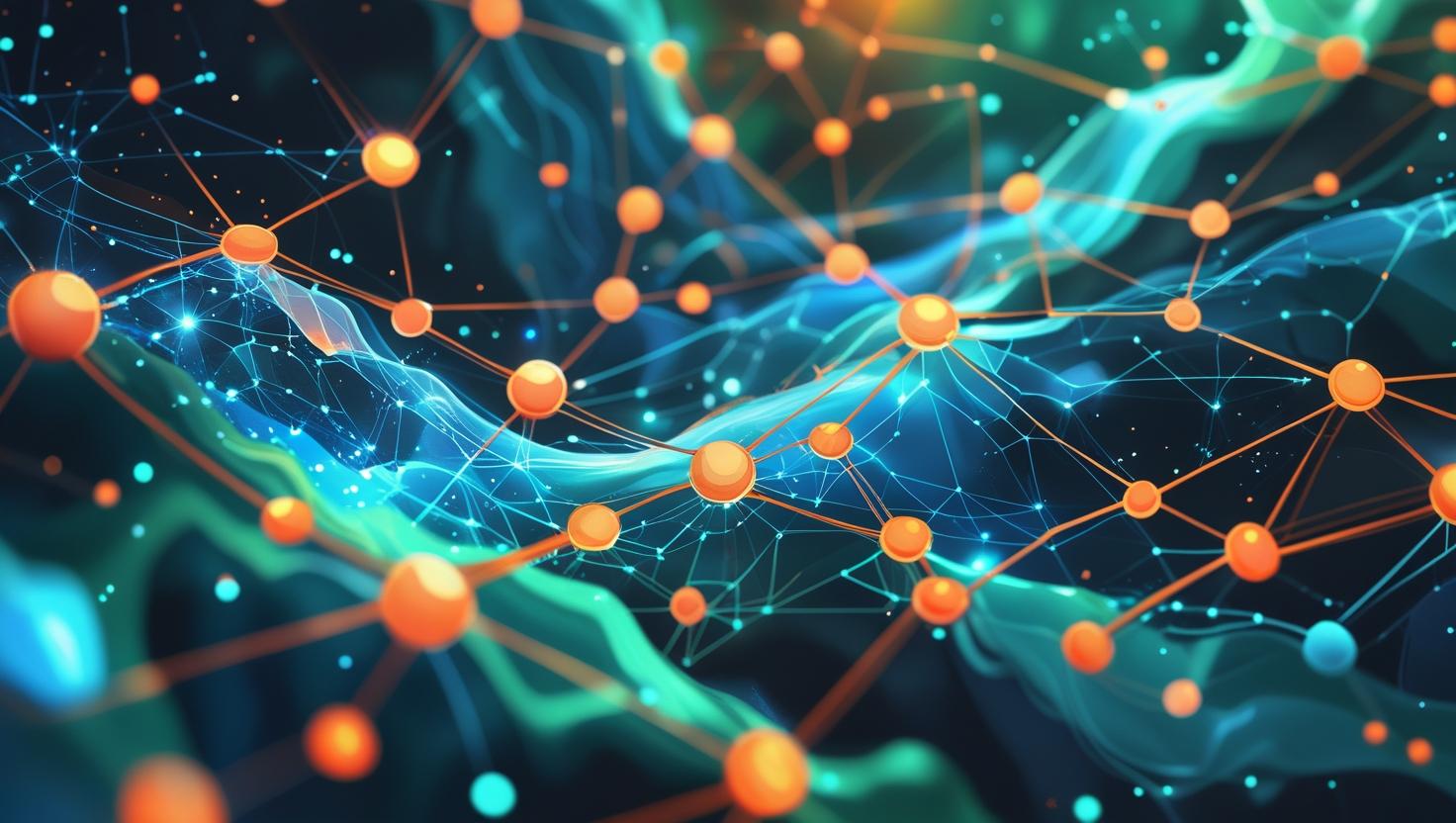1. High-Level ML Workflow Diagram
A typical ML pipeline can be visualized as a cyclic process with the following stages:
[Data Collection] → [Data Preprocessing] → [Feature Engineering] → [Model Training] → [Model Evaluation] → [Model Deployment] → [Monitoring & Feedback] → (Loop back to Data Collection)
2. Detailed Breakdown of Each Stage
1. Data Collection
- Input: Raw data from databases, APIs, sensors, or files (CSV, JSON, etc.).
- Components:
- Structured (tables) or unstructured (images, text).
- Labeled (supervised) vs. unlabeled (unsupervised) data.
2. Data Preprocessing
- Goal: Clean and prepare data for modeling.
- Steps:
- Handling missing values (imputation/removal).
- Outlier detection.
- Normalization/Scaling (e.g., Min-Max, Z-score).
- Categorical encoding (One-Hot, Label Encoding).
3. Feature Engineering
- Goal: Extract/select meaningful features.
- Techniques:
- Feature extraction (e.g., PCA, NLP embeddings).
- Feature selection (e.g., correlation analysis, RFE).
4. Model Training
- Input: Processed data split into training and validation sets.
- Steps:
- Choose an algorithm (e.g., Linear Regression, Random Forest, CNN).
- Train the model using optimization (e.g., Gradient Descent).
5. Model Evaluation
- Metrics:
- Classification: Accuracy, Precision, Recall, F1, ROC-AUC.
- Regression: MSE, RMSE, R².
- Validation Methods:
- Train-Test Split, Cross-Validation.
6. Model Deployment
- Output: Deploy model as an API (Flask/FastAPI), embedded system, or cloud service (AWS SageMaker).
- Tools: Docker, Kubernetes, MLflow.
7. Monitoring & Feedback
- Track: Model drift, performance decay, data shifts.
- Retraining: Trigger updates with new data.
3. Visual Diagram (Text-Based Representation)
+-------------------+ +---------------------+ +---------------------+
| Data Collection | → | Data Preprocessing | → | Feature Engineering |
+-------------------+ +---------------------+ +---------------------+
↓
+-------------------+ +---------------------+ +---------------------+
| Model Training | ← | Model Selection | → | Model Evaluation |
+-------------------+ +---------------------+ +---------------------+
↓
+-------------------+ +---------------------+
| Model Deployment | → | Monitoring & Retrain|
+-------------------+ +---------------------+
4. Key ML Diagram Types
- Flowcharts: Show the step-by-step ML pipeline (as above).
- Architecture Diagrams:
- For neural networks (input → hidden layers → output).
- For ensemble models (e.g., Random Forest structure).
- Confusion Matrix/ROC Curves: Evaluation visuals.
5. Tools to Create ML Diagrams
- Draw.io / Lucidchart: For flowcharts.
- TensorBoard: For visualizing neural networks.
- Matplotlib/Seaborn: For metric plots.
Example: Supervised vs. Unsupervised Learning
- Supervised:textCopyDownload[Labeled Data] → [Train Model] → [Predictions]
- Unsupervised:textCopyDownload[Unlabeled Data] → [Clustering/Dimensionality Reduction]


